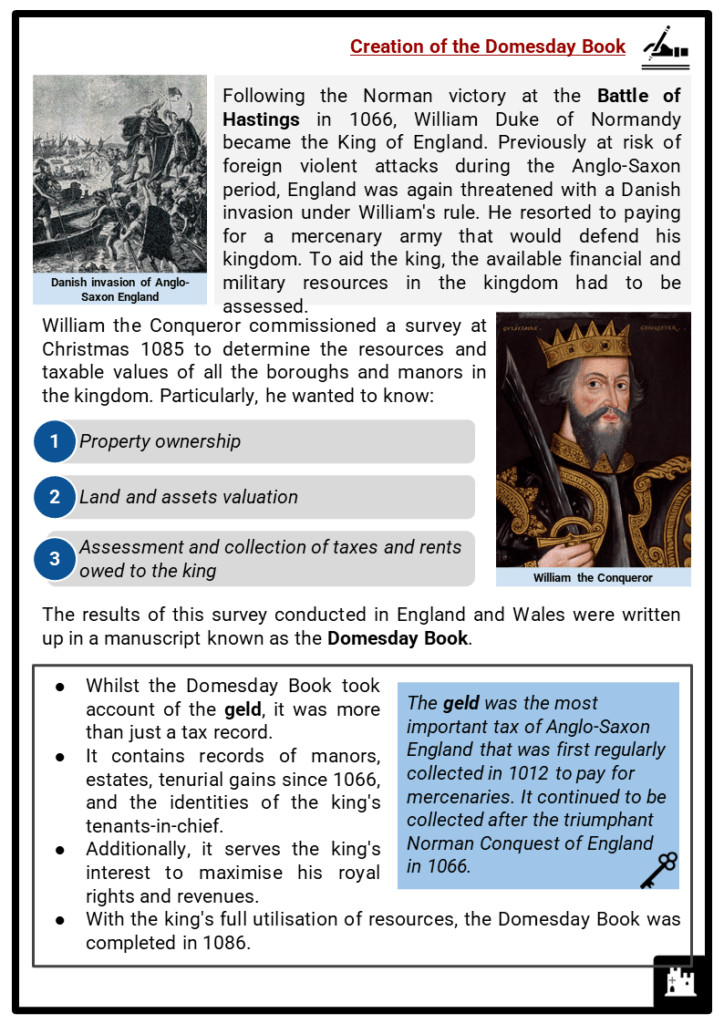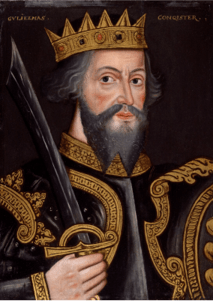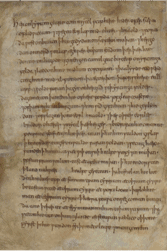Download Domesday Book Worksheets
Do you want to save dozens of hours in time? Get your evenings and weekends back? Be able to teach Domesday Book to your students?
Our worksheet bundle includes a fact file and printable worksheets and student activities. Perfect for both the classroom and homeschooling!
Table of Contents
Add a header to begin generating the table of contents
Summary
- Creation of the Domesday Book
- Composition of the Domesday Book
- Purpose and significance of the Domesday Book
Key Facts And Information
Let’s know more about the Domesday Book!
- The Domesday Book is a manuscript that collated the results of an extensive survey carried out in England and Wales under the orders of William the Conqueror in 1085. Aimed at serving the king's interests, the survey determined the property ownership, land and assets valuation, and tax collection across the kingdom during the reign of Edward the Confessor and the subsequent Norman Conquest.
- Due to the vast majority of places recorded in its pages, the Domesday Book remains a primary source of enormous importance since it provides the readers with valuable information with regards to the political, economic, ecclesiastical and social history of England.
Creation of the Domesday Book
- Following the Norman victory at the Battle of Hastings in 1066, William Duke of Normandy became the King of England. Previously at risk of foreign violent attacks during the Anglo-Saxon period, England was again threatened with a Danish invasion under William's rule. He resorted to paying for a mercenary army that would defend his kingdom. To aid the king, the available financial and military resources in the kingdom had to be assessed.
- William the Conqueror commissioned a survey at Christmas 1085 to determine the resources and taxable values of all the boroughs and manors in the kingdom. Particularly, he wanted to know:
- Property ownership
- Land and assets valuation
- Assessment and collection of taxes and rents owed to the king
- The results of this survey conducted in England and Wales were written up in a manuscript known as the Domesday Book.
- Whilst the Domesday Book took account of the geld, it was more than just a tax record.
- It contains records of manors, estates, tenurial gains since 1066, and the identities of the king's tenants-in-chief.
- Additionally, it serves the king's interest to maximise his royal rights and revenues.
- With the king's full utilisation of resources, the Domesday Book was completed in 1086.
- The geld was the most important tax of Anglo-Saxon England that was first regularly collected in 1012 to pay for mercenaries. It continued to be collected after the triumphant Norman Conquest of England in 1066.
- How was the information collected?
- The kingdom was split up into seven regions, each assigned three or four royal commissioners.
- The royal commissioners held a public inquiry, probably in the shire-court, and put a set of questions to a jury of representatives – made up of barons and villagers alike – from each county.
- The questions asked can be summarised as follows:
- What is the manor called?
- Who held it in the time of King Edward (in 1066)?
- Who holds it now (in 1086)?
- How many hides are there?
- How many plough (team)s on the demesne (local lord’s own land) and among the men (rest of the village)?
- How many free men, sokemen, villeins, cottagers, slaves?
- How much woodland, meadow, pasture, mills, fisheries?
- How much has been added to or taken away from the manor?
- How much was the whole worth (1066) and how much now (1086)?
- How much had or has each freeman and each sokeman?
- They merged the collected information with earlier records from both before and after the Conquest.
- The verified and gathered information was written in a mixture of Latin and vernacular in regional returns or circuit summaries.
- The manuscript did not carry a formal title but was initially referred to as Winchester book.
- Around 1179, it became known as the Domesday Book or the book of the Day of Judgement in reference to the definitive character of the survey.
Composition of the Domesday Book
- The Domesday Book is composed of two independent works: the Great Domesday and the Little Domesday. While the Great Domesday was most likely written by only one person on parchment, the Little Domesday was compiled by at least six different people.
- The Domesday Book lists a total of 13,418 locations.
- The Little Domesday covers Essex, Norfolk and Suffolk and the Great Domesday covers the remaining parts of England and part of Wales except the northern lands that today correspond to Westmorland, Cumberland, Northumberland and the Palatine County of Durham.
- Most of Cumberland and Westmorland were not included in the book since the two territories were not conquered until some time later.
- Moreover, the County Durham had its own system of taxes which was organised by the local archbishop.
- The omission of the other counties was not fully justified.
- No data was collected for the cities of London and Winchester – probably due to their size, complexity or tax-exempt status.
- Despite its name, the Little Domesday is more extensive and detailed than the Great Domesday.
- It is likely that the Little Domesday was a first attempt of the survey that proved that it was impossible, or at least not convenient, to complete the work.
- Therefore, the Great Domesday is a limited completion.
- The data collected in both volumes were entirely reordered and classified by courts, rather than geographically.
- Instead of being recorded on the basis of their location, the assets were listed under the names of the landowners who held the fiefs.
- The list of each county started with the possessions of royalty and nobles.
- These were followed by the possessions of the ecclesiastics and the religious orders.
- After the clerical possessions came the properties of the vassals that depended directly on the king and were recorded in order of importance: lay tenants-in-chief, king's serjeants, and the remaining Anglo-Saxon thegns.
- Apart from revealing the feudal structure that existed in 1086, the Domesday Book also provides the:
- Names of landholders in each county
- Manors which they held and their values
- Names of their sub-tenants
- Names of many boroughs and details of their customs
- Number of freemen, sokemen, unfree peasants and slaves on each manor
- Resources of each manor
Purpose and significance of the Domesday Book
- The purpose of the survey was discovered in three sources:
- A passage in the Anglo-Saxon Chronicle
- A list of questions submitted to the jurors kept in the Inquisitio Eliensis
- The contents of the Domesday Book and the allied records mentioned above
- Although some details were not consistent in all these sources, it is now generally acknowledged that the primary objective of the survey was to ascertain and certify the fiscal rights of the sovereign, which consisted of:
- Certain miscellaneous dues
- National land-tax (geldum), paid on a fixed assessment
- Proceeds of the crown lands
- Following the Norman Conquest and the large-scale confiscation of land, William the Conqueror aimed to maintain his legitimate claim to the rights of the Crown. This was reinforced by the Domesday Book.
- Furthermore, he ordered the survey to obtain precise information concerning the kingdom's financial resources and vassalage. Such knowledge would help him build an army in case of foreign invasions, as well as his intention to bind the vassals of his barons directly to himself.
- Why was the Domesday Book significant?
- It helped William the Conqueror to find ways to get more land revenues from the tenants.
- It may have helped in tallying the number of soldiers the tenant could provide in case of foreign invasions.
- For the succeeding centuries, it was used for administrative purposes, especially to provide proof of landholding, tenures and boundaries.
- It was frequently used as a historical source from the late 16th century.
- The Domesday Book is of great importance since it provides an opportunity to gain an immense historical understanding of late 11th-century England. It was a remarkable achievement that was the first to provide a recorded description of England's human and natural resources.
Image sources:









